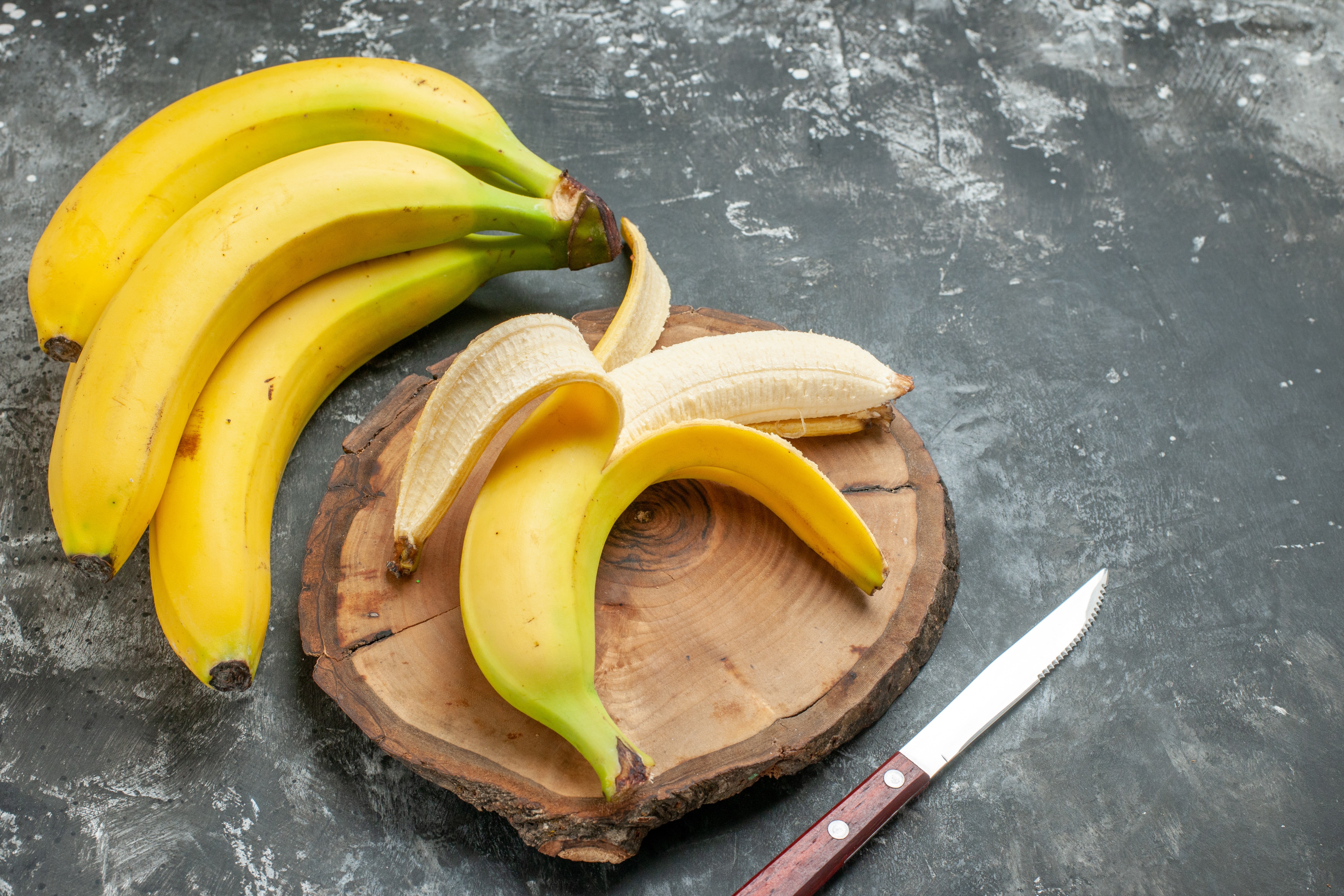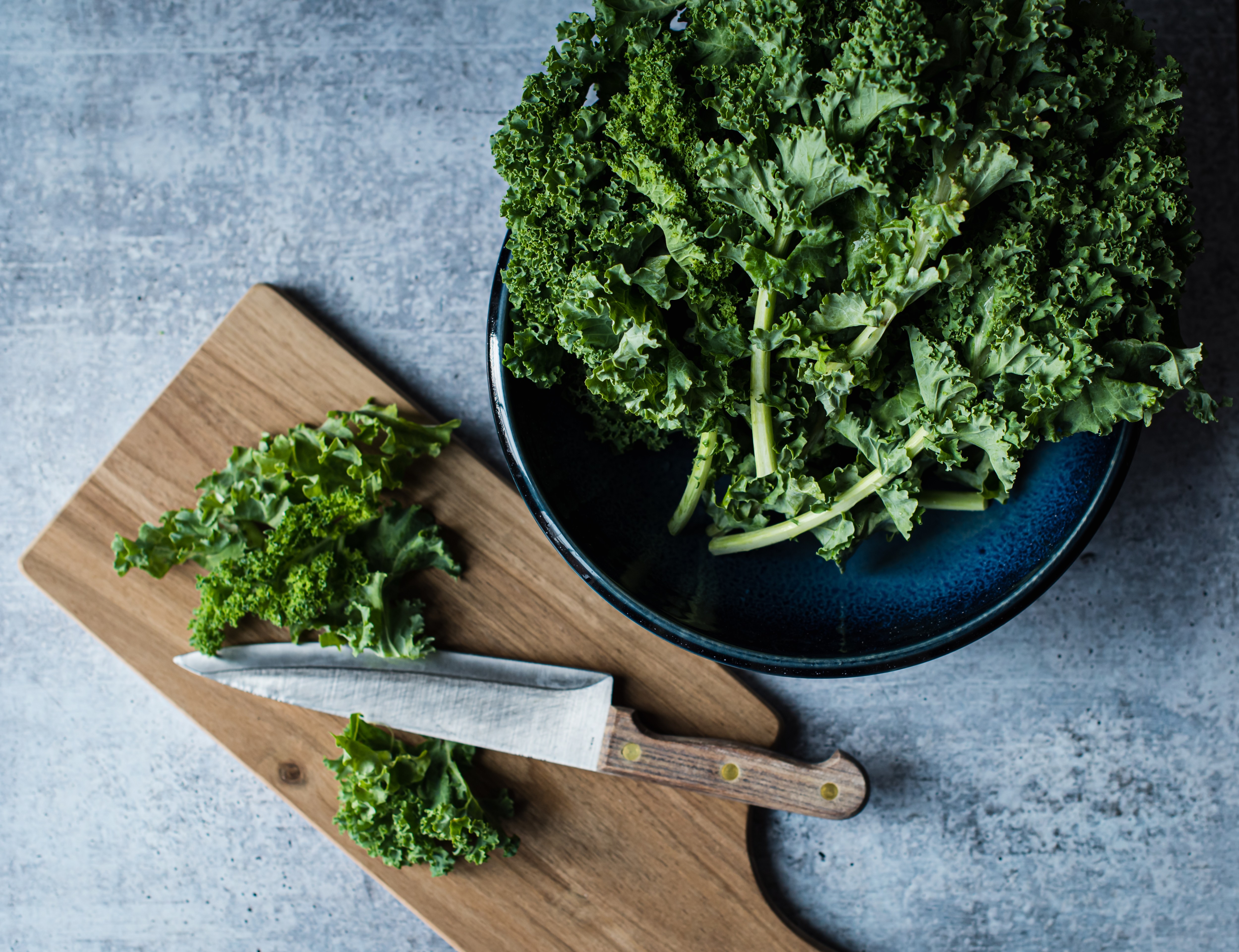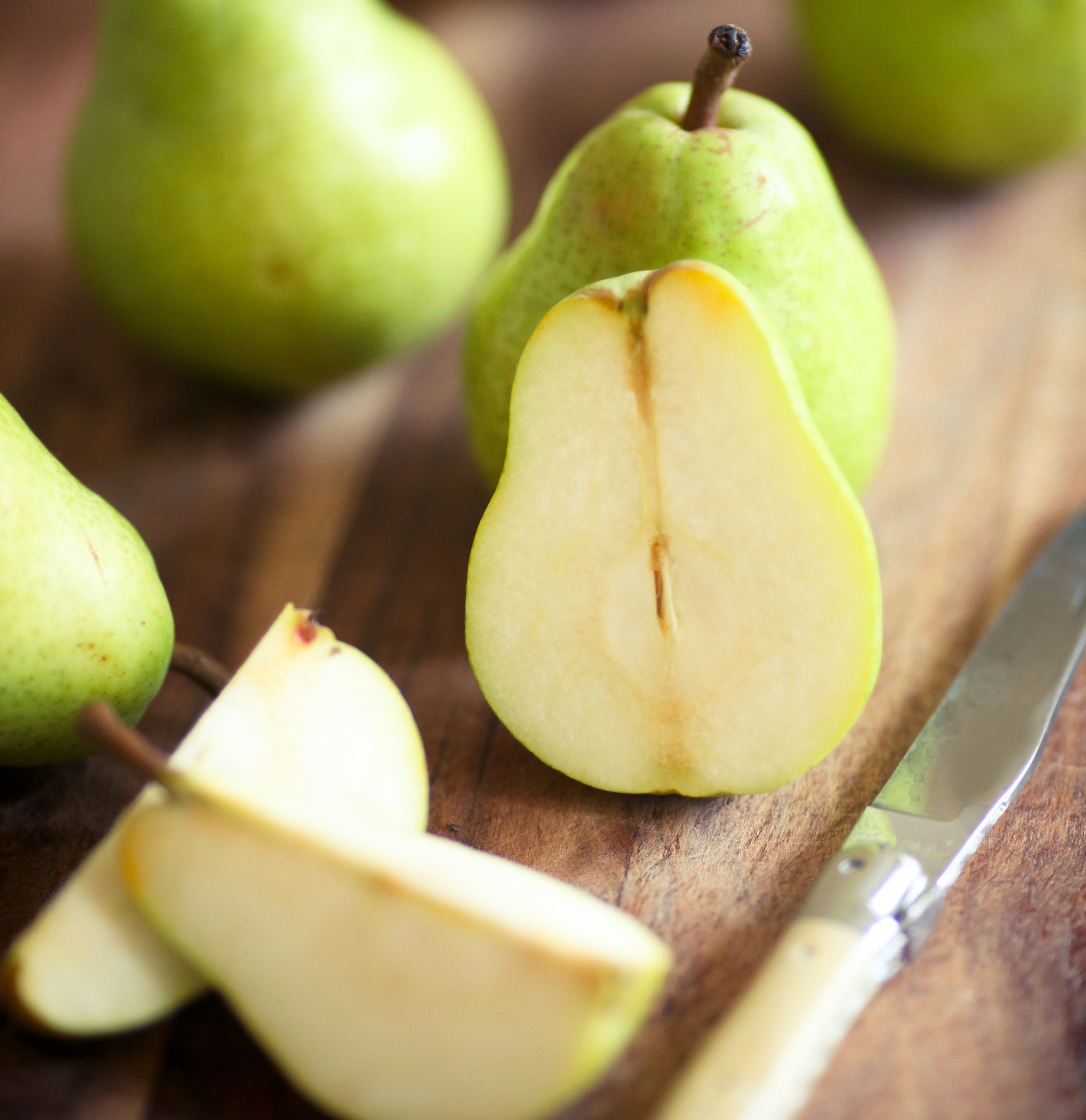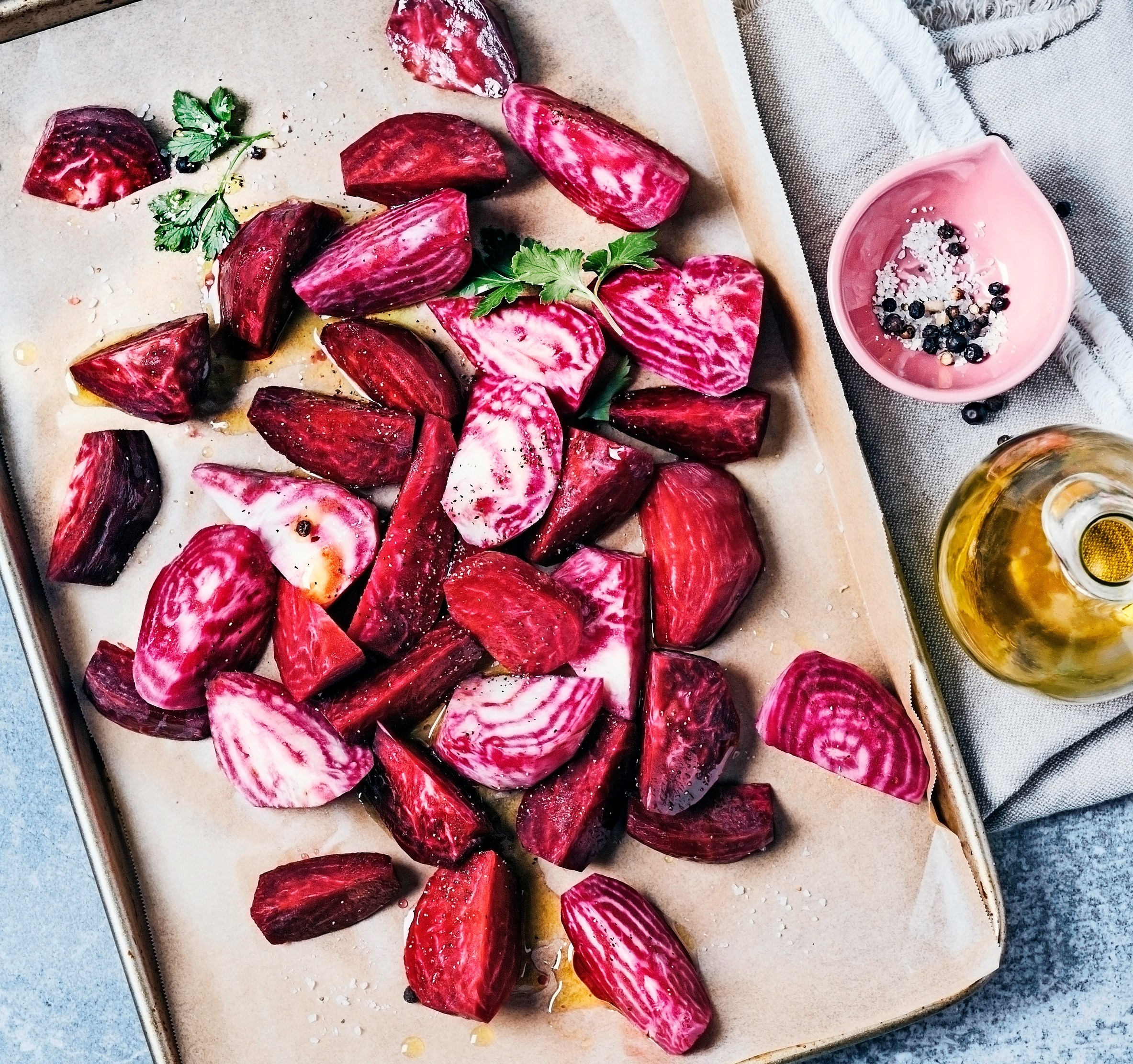Le all know that eating less salt is a way to avoid high blood pressure. But that’s not the only way your diet can help prevent high blood pressure, a condition that affects one in three adults in the UK. Tim Spector, founder of the Zoe app and professor of genetic epidemiology at King’s College London, was diagnosed with the condition after a mini-stroke in his early 50s, and this week shared some of the dietary changes he’s made since then, based on the latest science.
Many of us, including himself, are not “salt sensitive,” he explained in an Instagram post. So other dietary measures are just as important, if not more so, than cutting out salt. Steps we can all take, he says, Weight loss diets include increasing our intake of potassium, a mineral that helps remove salt from the bloodstream, and increasing our fibre intake. “Eating an extra 5g of fibre a day can reduce blood pressure by twice as much as cutting salt intake,” says Spector. Phil Pyatt, chief executive of the charity Blood Pressure UK, says that “research shows that small, healthy changes to our diet can be enough to keep blood pressure under control.” Here’s what you should be eating.
Eat more bananas

Bananas are an excellent source of potassium
GETTY IMAGES
An extra gram of potassium a day (the equivalent of two medium bananas) could be enough to combat high blood pressure, scientists at Imperial College London found in a five-year study that analyzed data from 20,995 people in China. The trial participants, who had either had a stroke or were over 60 and had high blood pressure, were asked to eat salt as normal or given a substitute in which a quarter of the salt was replaced with potassium. The results, published this year in the Journal of Human Hypertension, showed that people on the high-potassium diet had lower blood pressure and a 14 percent reduced risk of heart disease at the end of the study.
“Potassium works wonders in helping the body remove excess salt from the bloodstream,” says registered dietitian Rhiannon Lambert, author of The science of nutrition“Food rather than supplements is the best way to get enough, and bananas are a good source.”
A variety of green leafy vegetables will significantly reduce blood pressure

Kale is rich in nitrates which are beneficial for blood pressure
GETTY IMAGES
Leafy greens are high in fiber and nitrates, which help lower blood pressure. A 23-year study of 50,000 people at Edith Cowan University in Western Australia, published in the European Journal of Epidemiology, found that people who regularly ate one serving a day of leafy greens had significantly lower blood pressure and up to a 26 percent lower risk of heart disease.
“Spinach and leafy greens are also a source of potassium,” says registered dietitian Dr. Linia Patel. “For the best effect, eat a variety of greens, including spinach, kale, and arugula.”
• Can you really get your weekly intake of 30 herbs in just one daily supplement?
Add more tomatoes to your diet
People who ate 4 ounces of tomatoes a day (a handful of cherry tomatoes or a quarter can of chopped tomatoes) were 36 percent less likely to develop high blood pressure than those who ate the least amount, one study found. The study, which included 7,056 participants and was published in the American Heart Association’s journal Hypertension, found that it was the lycopene (the red antioxidant compound that gives tomatoes their color) and potassium in tomatoes that had the protective effect.
“Tomatoes contain potassium, which helps balance fluid and sodium levels in the body, and lycopene, which helps keep blood vessel walls flexible,” says Patel.
Eat yogurt every day
A study published in the International Dairy Journal found that a daily serving of yogurt (essentially a small 150g pot or a large spoonful) lowered blood pressure in people with high blood pressure. The researchers who conducted the trial suggested that the bacteria in yogurt promote the release of proteins that lower blood pressure. “Other nutrients in yogurt, such as calcium, magnesium and potassium, are important for blood pressure control,” says Lambert. “Make sure you opt for plain, healthy varieties for their health benefits: they don’t contain sugar or unnecessary additives.”
Eat more red beans
While most beans have a positive effect on blood pressure, it’s the dark-colored varieties, such as kidney beans and black beans, that have the most positive effect on blood vessels. In a small pilot study of the effects of beans on cardiovascular measures, researchers at the University of Manitoba in Canada showed that blood pressure was lower two hours after eating kidney beans than rice. “Canned versions of beans provide the same benefits as dried beans and save on soaking overnight,” Patel says.
It’s true what they say about an apple a day.
Apples and pears are rich in flavonoids, antioxidant plant compounds known to help keep blood pressure in check. “Flavonoids relax the walls of blood vessels, which helps lower blood pressure,” Patel says. “All fruits and vegetables contain them, but apples and pears are definitely good sources.”

Pears contain flavonoids, which help relax blood vessel walls
GETTY IMAGES
According to Professor Aedin Cassidy, a researcher at Queen’s University Belfast’s School of Biological Sciences, these flavonoids improve gut health, which has beneficial effects on blood pressure. In a study of 904 people published in Hypertension, Cassidy found that those who ate foods richest in flavonoids had a greater diversity of gut bacteria, which was shown to enhance the cardioprotective effects of the antioxidant compounds.
Dried apricots and dates will help you
Dried fruits, including raisins (which contain 749mg of potassium per 100g), dates (656mg) and prunes (732mg), are a good source of potassium, which is known to lower blood pressure, but pound for pound, dried apricots contain the most (1,162mg). According to Blood Pressure UK, a 30-40g portion of dried fruit, or around three to five pieces, can contribute to healthier blood pressure.
• Can I Really Get in Shape at 74? I Joined a Gym to Find Out
Eat legumes two to three times a week
A study of 544 people published in Hypertension found that a diet rich in legumes, including dried peas and lentils, significantly reduced blood pressure in people with high blood pressure, as well as in people with normal blood pressure. Three servings of lentils, peas or beans per week were linked to better blood pressure control in another group of people with high blood pressure, according to the journal Nutrients. “Legumes and pulses provide heart-healthy nutrients and lots of fiber,” Patel says. “We should aim to eat them two to three times a week.”
Take a handful of almonds and walnuts
Researchers from the University of Nottingham contributed to a 2020 study showing that eating a few almonds each day helps lower blood pressure, while a team reporting in Hypertension found that people in their 60s who had mild hypertension had better blood pressure control when they ate a few nuts a day compared to a control group who didn’t. “Eating a variety of nuts provides fiber and heart-healthy nutrients that are known to have a positive effect on blood pressure,” Lambert says.
Try a glass of beetroot juice
Drinking 250ml of beetroot juice daily can help lower blood pressure, according to a team of researchers from Queen Mary University of London. A rich source of inorganic dietary nitrates (compounds converted by the body into nitrite and then nitric oxide, which relaxes and widens blood vessels), beetroot is known to have powerful effects on blood pressure and cardiovascular health.

Beetroot is also rich in nitrates.
GETTY IMAGES
In the university study, a group of patients with high blood pressure or at risk for high blood pressure were asked to drink a beverage daily for four weeks. Half of them were given beet juice and the other half were given a placebo that looked and tasted the same. At the end of the trial, the results of which were published in Hypertension, the beet juice drinkers saw a drop in their blood pressure that brought their blood pressure back to normal. Within two weeks of the study, when they stopped drinking beet juice, their blood pressure returned to its previous high levels, suggesting that nitrate intake needs to be maintained to reap long-term benefits.
“Eating beetroot or other nitrate-rich foods like leafy greens, fennel, and pumpkin will also increase intake,” says Patel. “Some people prefer beetroot shots because they are a concentrated source of nitrates.”
Drink two to three cups of black or green tea a day
Black and green tea are rich sources of flavan-3-ols, a subgroup of flavonoids, healthy plant compounds found in many foods that have been shown to improve blood pressure and circulation, among other heart-healthy benefits. A study published in the journal Advances in Nutrition shows that 400 to 600 mg of flavan-3-ols per day, or the equivalent of two to four cups of tea, is enough to produce such benefits.